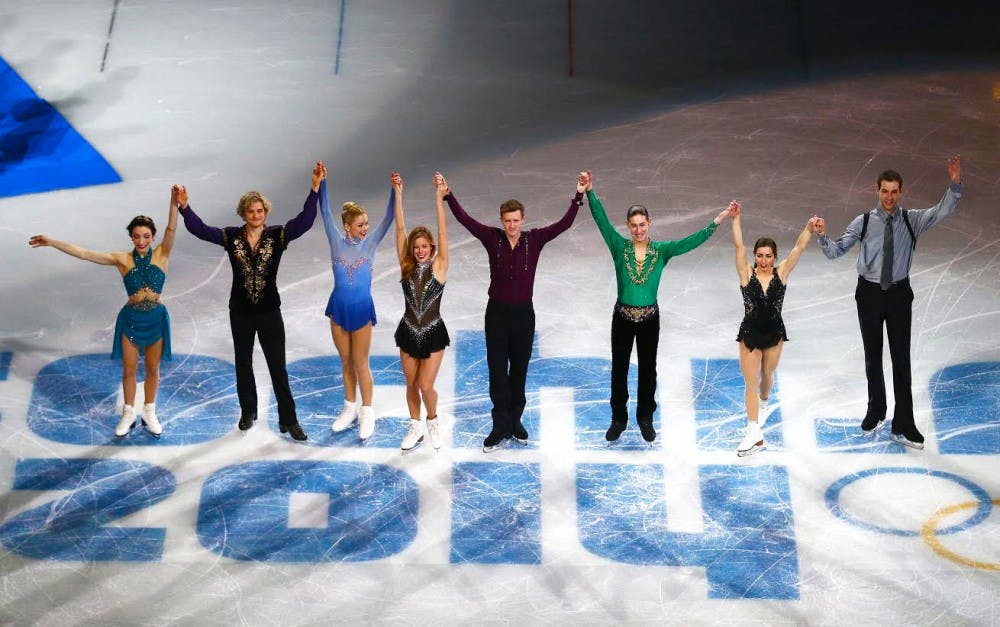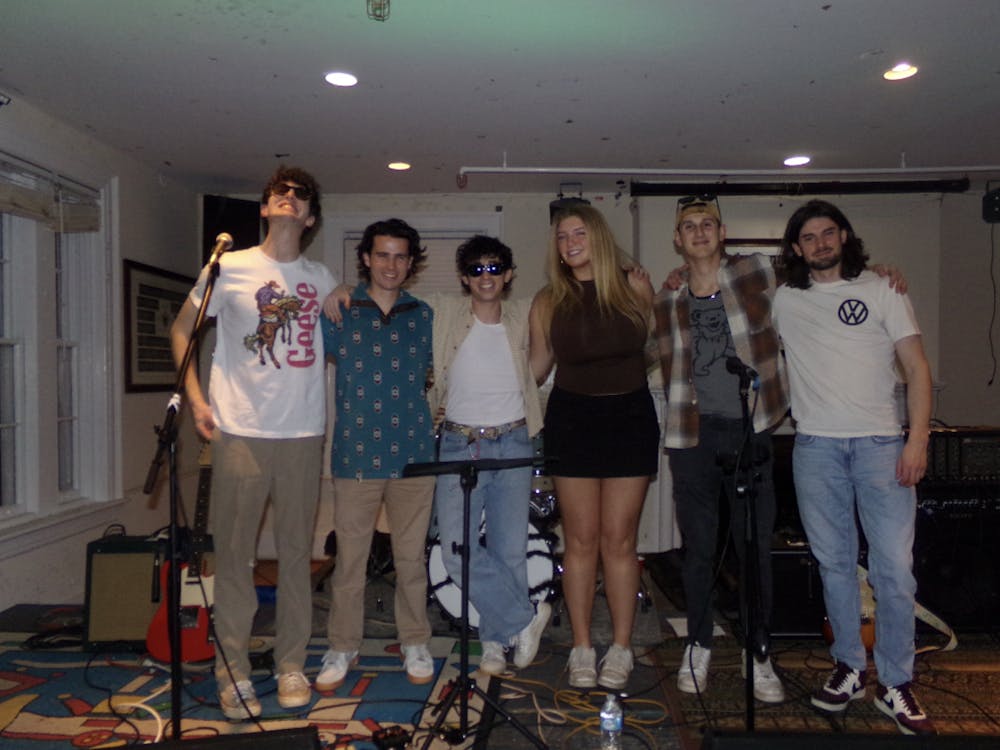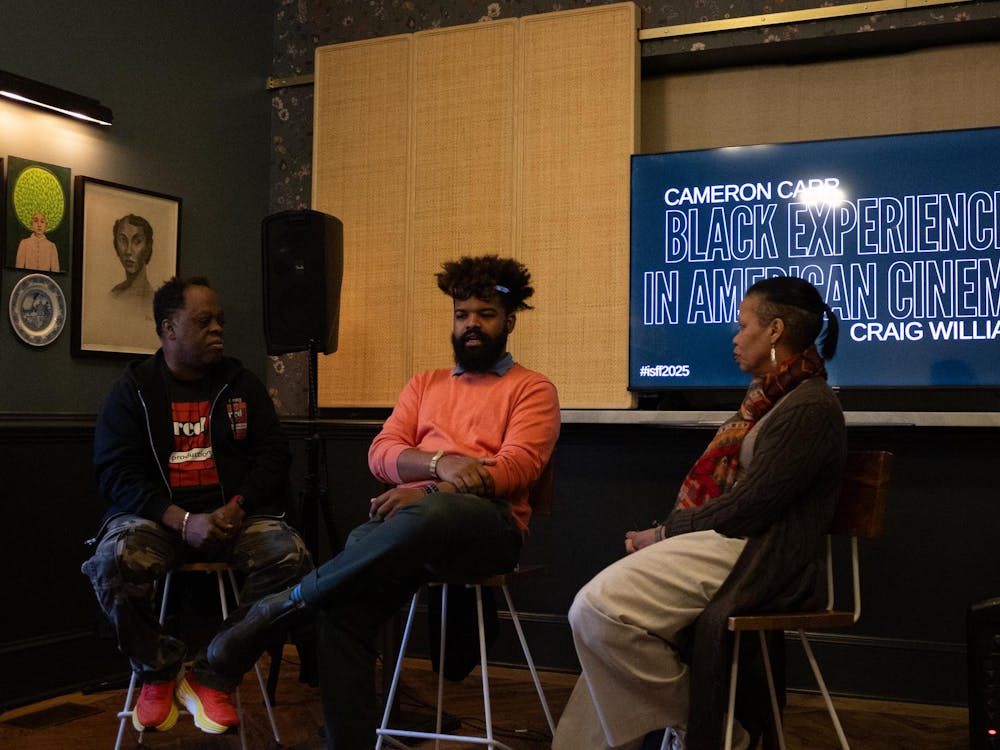If, like me, you have been religiously watching the event, you will have noticed something different about this year’s winter Olympics: team figure skating, the first new figure skating event at the Olympics since 1976.
In team skating, each country team’s score is comprised of points awarded to a team of figure skaters, ice dancers and pairs. It’s argued the event was either created to encourage countries to train skaters in all disciplines or to simply to gain more viewers — figure skating draws a large audience, and team skating could be a way to get more people interested in the Winter Olympics.
Figure skating, however, is a notoriously “one chance” sport, with athletes training for years for only a few minutes in the spotlight. Team skating’s downfall is that it takes away that one moment and asks for two. Not only are we seeing later in the Olympics programs what we’ve already seen done, but the athletes don’t give their performance their all in an effort to avoid injury or exhaustion. What we see, therefore, are tired programs and skaters who are less enthused about winning.
Adding more of the same event isn’t the best way to increase viewership or interest in the Winter Olympics. Instead, we should be looking at synchronized skating. The event has risen in popularity in the last decade and is expected to be an Olympic sport sometime soon, provided there are enough countries with teams and the scoring details are determined.
Synchronized skating is a team sport, comprised of 16 individual skaters who skate in formations in perfect synchronicity. Many unwittingly compare the sport to synchronized swimming — which is an Olympic sport — but, in reality, the two share only a label. Synchronized skating is better compared to a dance team like the Rockettes, or a marching band moving as one body about the playing field. Add in ice, speed, lifts and spins, and you’ve got synchronized skating. While some may still discount its legitimacy, there is no denying the sheer athletic ability required of a synchronized skating team.
It also brings significant entertainment value. As in figure skating, there is brilliantly bedazzled costumes and intense accompanying music. Like pairs skating, there are lifts, spins and dramatic moves — only more of them. And, like ice dancing, one can watch a synchronized skating program in amazement of the skaters’ sheer grace and beauty.
Let’s give synchro a chance. Where I feel team skating fails to amuse, synchronized skating both captivates and inspires. In 2018, let’s hope for a new Olympic event deserving of our full attention.







